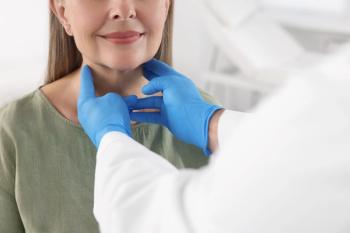
Insight into Increasing Teen Immunization Rates
Routine vaccination declines significantly as patients enter adolescence.
Routine vaccination declines significantly as patients enter adolescence.
The CDC recommends 4 vaccines for adolescents routinely: tetanus, diphtheria, and pertussis, human papillomavirus (HPV), meningococcal conjugate, and annual influenza. Insufficient vaccine coverage is more than just a problem for adolescents who refuse or simply skip their shots—it allows pertussis, meningococcal disease, and influenza to develop in patients who cannot be vaccinated.
Newborns cannot receive pertussis and influenza vaccination, so they need herd immunity to stay safe from vaccine-preventable diseases. In addition, vaccinating 80% of adolescent females with HPV vaccine would prevent 53,000 cervical cancer cases later in life. School mandates encourage near-universal vaccination coverage among indicated patients.
A study published in the July 2016 issue of Health Promotion and Practice presents teachers’ perceptions of immunization education and methods of improvement.
The randomized, controlled trial compared teacher perceptions of brochure-guided and teacher-provided education to middle and high school students. The researchers conducted focus groups 18 months after the interventions ended.
An overview of childhood vaccinations encourages adolescent belief that further vaccinations are a necessary continuation of previous healthful acts. The addition of engaging media (eg, YouTube) and microbiology content would improve vaccine education, as students enjoy “gross” visually disturbing content, such as images of smallpox sores, measles rashes, and tetanized postures.
One of the 4 schools excluded HPV vaccination education. The reason was unexplained and curious, since none of the teachers indicated that parents had voiced any opinion about HPV or any other vaccine.
Material on the “Vaccines for Children” financial relief program may assuage vaccination cost concerns (60% of patients received Medicaid and 6% were uninsured).
Students were more receptive than adults (eg, their parents) to suggestions that vaccines protect others. Teachers and students (as perceived by teachers) enjoyed the vaccine education interventions.
An effective vaccine education program should include flexible content, incorporate audiovisual material, be free, and provide independent study materials for students outside of class. These are tips that pharmacists can use in their outreach efforts. Similar future research should include student and parent feedback and conduct the focus groups soon after the intervention period.
Newsletter
Stay informed on drug updates, treatment guidelines, and pharmacy practice trends—subscribe to Pharmacy Times for weekly clinical insights.


















































































































































































































